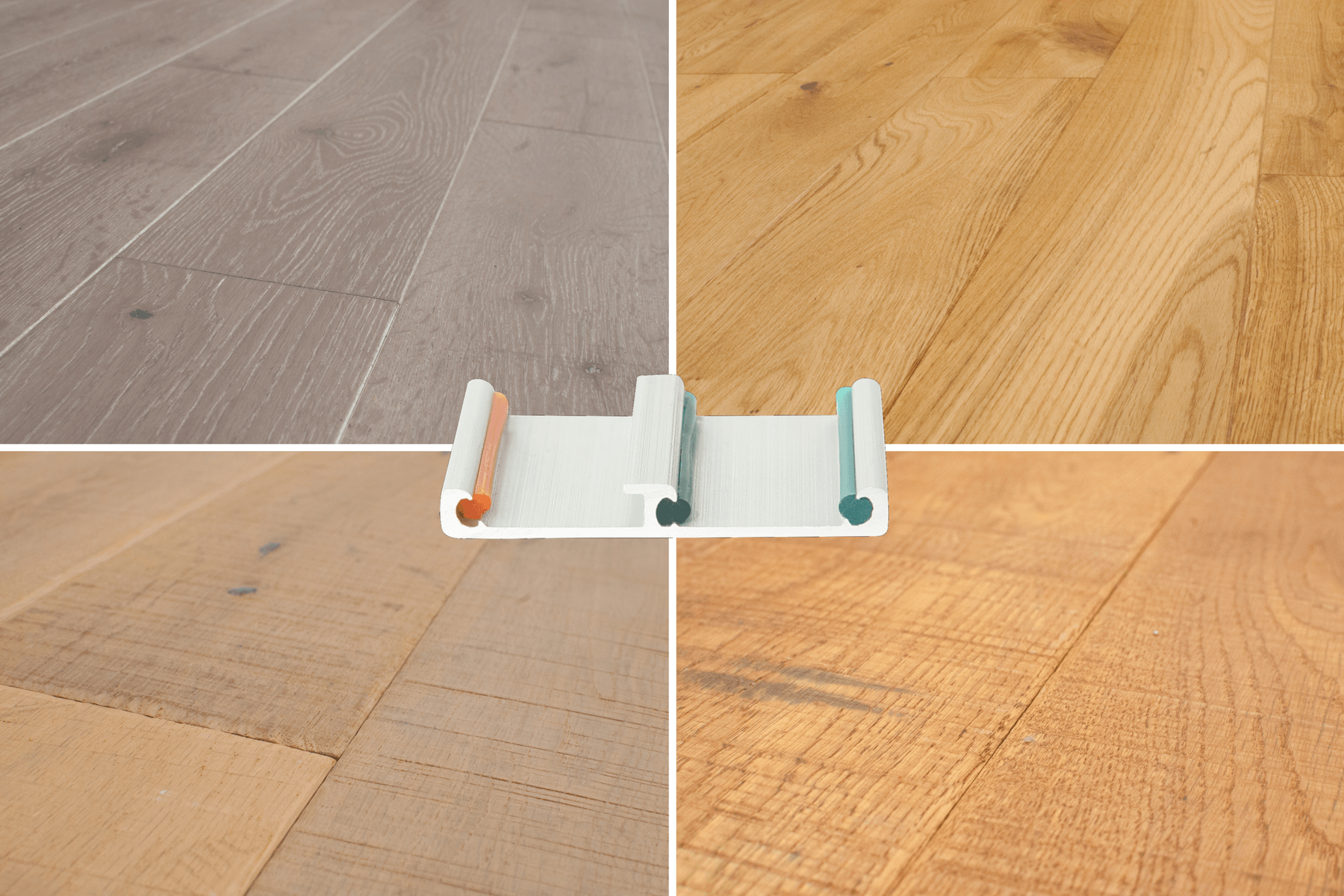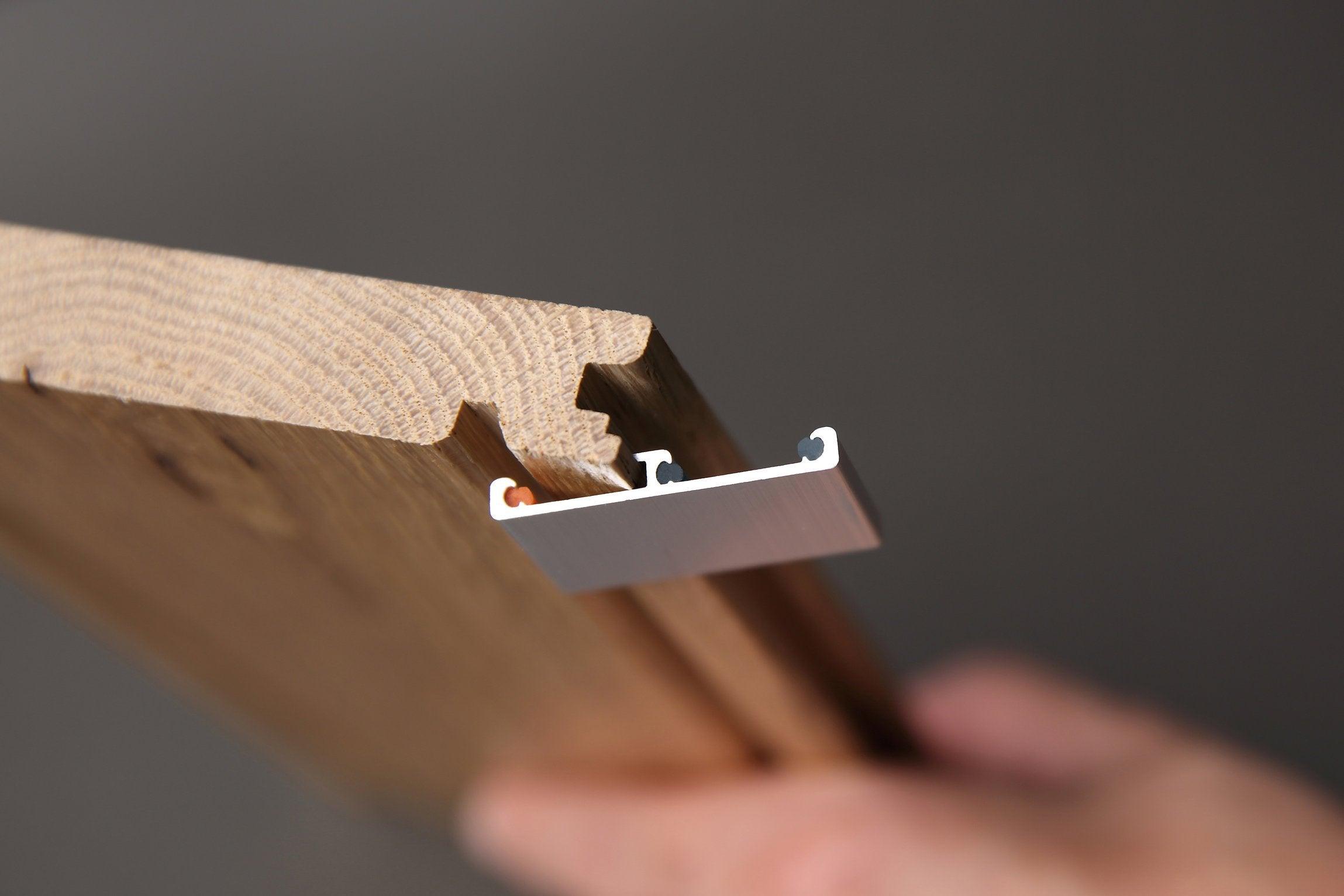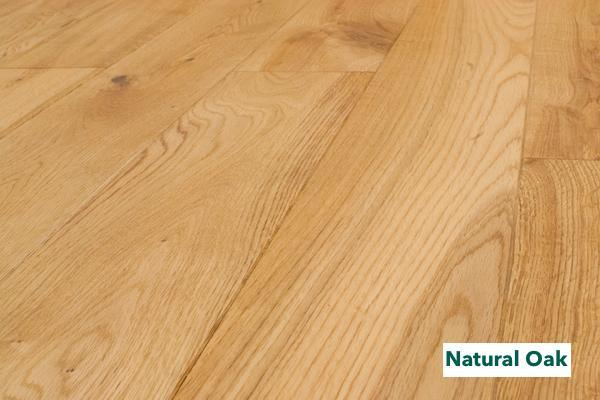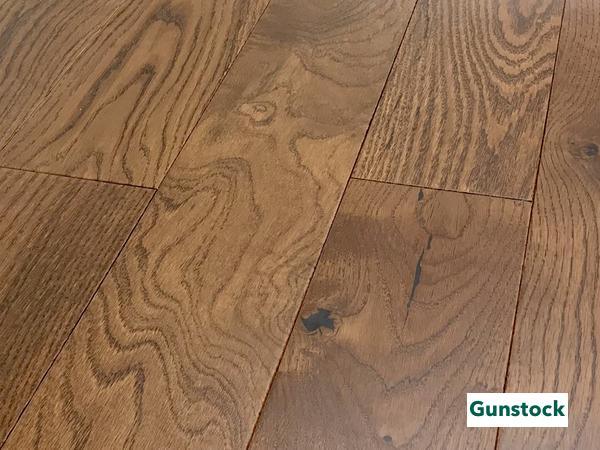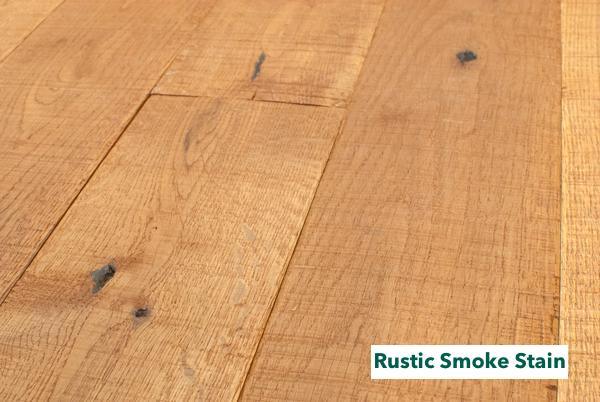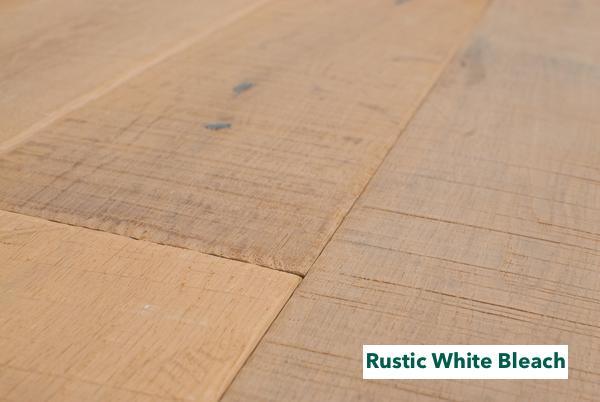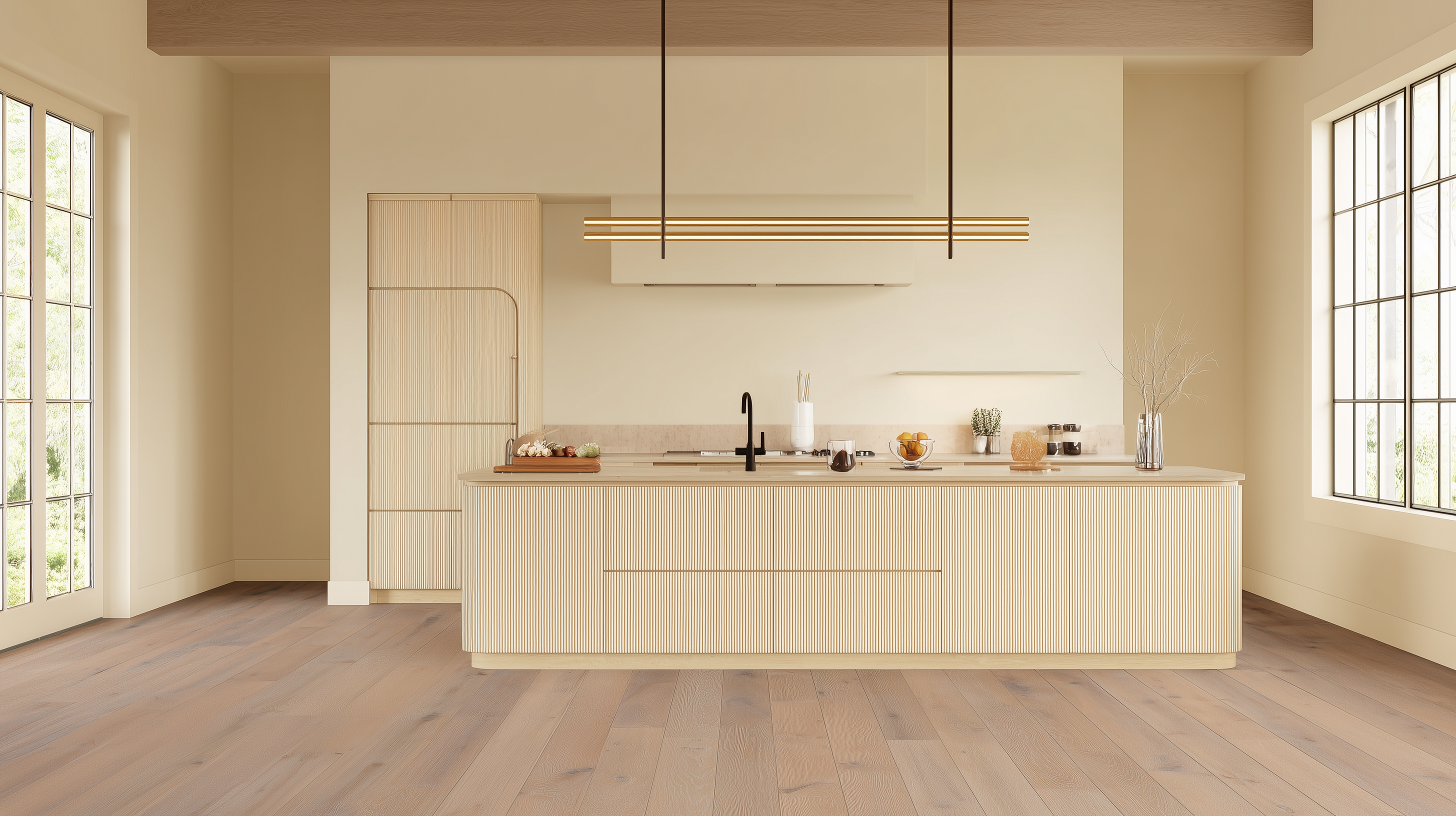Hardwood floors are the soul of a home. They set the tone, shape first impressions, and add undeniable value. But as time passes, even the most beautiful floors begin to show wear. That’s when many homeowners face the same dilemma: refinishing vs replacing hardwood floors. Should you restore your existing planks to their original glory, or is a full replacement the smarter long-term choice?
This guide walks you through both options, weighing cost, convenience, and design potential. From historic homes hiding century-old oak under old carpets, to modern spaces needing a fresh start, you’ll discover whether refinishing or replacing is the smarter move for your home.
When Is It Time to Replace Hardwood Floors?

When flipping an investment property or upgrading your home, the floor can make or break the design. Here are what to consider when deciding to install a new floor.
Irreparable Damage – Hardwood floors can last for a hundred years or more, but not if they sit in water, get burned, or have heavy objects constantly gouging them. It’s usually evident if a wood floor is beyond sanding and refinishing.
Structural Damage – In some cases, the floor may be OK, but the sub-floor or stringers may have rotted, or termites had a feast. There is no choice but to rip up the floor to repair the subfloor. Unless you have a floating floor like Easiklip that can be removed and replaced, you’ll need to purchase new flooring.
They are Worn Out – Do the boards flex a bit when you walk on them? Can you see the tongue where the floorboards meet? Sanding and refinishing wood floors too many times will make the boards too thin and must be replaced.
Change the Species – Each species of wood has a unique character. Changing from pine to oak or an exotic species will make a noticeable difference in the room’s look. How the log was cut also makes a difference in the wood’s appearance. See the difference between rift-cut, plain, and quarter-sawn oak flooring .
Change the Style – Parquet floors used to be all the rage... in the 17th century France and 1960’s apartments. Most homebuyers want a modern, clean-looking hardwood floor.
Change the Direction - Some designers want to get artistic by changing the floor’s look to diagonal or herringbone. Another reason to change the direction is for Asian buyers who follow feng shui principles. The direction of the floorboards makes an impact on the flow of energy throughout the home.
For very old wooden floors, a replacement offers a better solution to refinishing. However, if the damage is slight or it’s purely cosmetic, then refinishing your floors avoids the trouble and expense of replacing them.
Why Refinishing Can Be a Smart Alternative
Refinishing hardwood floors instead of replacing them can salvage older or historic floors and reclaimed wood. Once done, the natural beauty will shine through with a unique character you can’t find in new wood floors.
That said, refinishing takes a big commitment in time and keeping the area off-limits to everyone for a week or more. It can take at least a day between each coat of stain and finish to dry. During this time, you must keep kids, pets, and nosey neighbors out of the room until the final coat dries.
Be aware that your home will fill with fumes if you don’t have proper ventilation. You may need to stay elsewhere during the process. If you can live with the temporary inconvenience and smell, refinishing is worth the trouble.
Check out our article on how to refinish a wood floor for more details.
For these reasons, some people prefer to purchase a new hardwood floating floor to lay down on the old floor. It’s faster, replacing takes less time, and you can use the room immediately.
The Real Cost of Refinishing vs. Replacing Hardwood Floors
Typically, sanding and refinishing a floor will always cost less than tearing up an old floor and replacing it. Refinishing can take longer than a new installation, as each coat of stain or finish needs time to dry.
There are two cost categories for each, labor and materials.
If you plan to do the labor, your time costs money too. Consider what you make per hour and factor that into your calculation. If you plan to do the project in your “free time,” chances are it will drag on for days. Are you prepared to have a space that’s unlivable for days or even weeks?
Let’s compare the cost of refinishing hardwood floors to the cost of replacing hardwood floors.
Expect to pay an average cost of $2 to $7 per square foot to refinish. The cost varies by location, choice of coatings, and additional repairs necessary before refinishing. Add $2 per square foot if you also plan to stain the floor first.
If you consider replacing a hardwood floor, you must factor in the cost of tearing it up, disposal, the new floor, and labor.
For figuring purposes, use $1.50 to $2.50 per square foot for tear up and disposal. Hardwood flooring starts at $4.00 per square foot and goes up from there.
Try out this website’s cost estimating calculator based on the room’s size.
What to Know Before Replacing Hardwood Floors
Before replacing hardwood floors, you can either tear out the old one down to the sub-floor or install a floating floor over it. A subfloor can be concrete, OSB (Oriented Strand Board), or plywood. To install any hardwood floor, it must have a flat and level sub-floor.
Keep three things in mind:
- Acclimation – all hardwood floors need to acclimate to the room where they will go. That means removing the planks from the boxes and cross stacking them in the room for three days to two weeks. This allows the humidity and temperature to stabilize inside each board. It’s a necessary step for a flat, gap-free floor.
- Flat and Level –Check the sub-floor to ensure it is flat across the entire surface. Fill in any low spots, or else you may have problems later on. The floor need not be perfectly level, but it must be flat with no dips.
- No Debris – Vacuum all dust and debris from the sub-floor. Look for any nails popping up.
To install a floating floor, watch this video. For other types of floors, ask your local flooring company for advice.
Step-by-Step: How to Refinish Hardwood Floors
/refinish-hardwood-flooring-1314864-hero-8c687ea6601148a2af507a47c0e57491.jpg)
You’ll find various videos online on how to refinish a hardwood floor. The basic steps are as follows:
- Remove the baseboard carefully so that you can reuse it
- Sand the wood using finer grits with every pass, starting with 36-40 and ending with 100
- Vacuum and dust between each pass
- Use an edger to sand along the edges and corners
- Apply stain. Follow the manufacturer’s directions
- Apply the finish. Again, follow the manufacturer’s instructions
Check out our blog and videos about refinishing wood floors.
Are you still hung up on whether to refinish or replace? Let’s break it down.
Replacing vs. Refinishing Hardwood Floors: Pros and Cons
Replacing Hardwood Floor
Pros:
- It’s a brand-new floor
- You can change the species of wood
- You can change the direction and layout of the planks
- Upgrade an existing floor
- Adds value to the home
Cons:
- It typically costs more than refinishing
- Must acclimate the wood on location for at least three days before installation
A big advantage of replacing with a prefinished floor, you can use it immediately.
Refinishing Hardwood Floors
Pros:
- Lower cost than replacing
- If you like the look of your original floor, refinishing makes it look new
- You can change the color or shade
Cons:
- The final stain or finish may not be what you envisioned.
- It’s messy and creates fumes in the home for days
- You may spend a week in a motel or at a relative’s place while the floor dries
- It can take days longer to refinish vs. replace
Some floors cannot be refinished, such as bamboo, engineered hardwood, or old floors that are too thin from previous refinishing.
4 Key Factors to Help You Decide
The question is, refinishing or replacing hardwood floors? The choice boils down to cost, time, personal preference, and the floor’s condition. Use the advice above to guide you to the best option for you.
One last option. Consider a solid oak floating floor that clips together using patented aluminum clips. You don’t need nail guns or messy adhesives. It installs over wood or concrete floors for about the same price as refinishing. You can walk on them right away. For more information, check out our FAQs.
Making the Right Choice for Your Floors
Deciding between refinishing or replacing hardwood floors isn’t one-size-fits-all. If your floors have solid bones and just need a refresh, refinishing can restore their character at a fraction of the cost. But if the boards are damaged, worn thin, or simply out of style, replacement offers a clean slate and an opportunity to redefine your space.
Ultimately, your decision comes down to four things: condition, budget, time, and personal preference.
And don’t forget—there’s also a modern third option: solid oak floating floors. Easiklip’s clip-in system installs quickly, without glue or nails, and can often be completed in a single day. It gives you the timeless beauty of real oak with the flexibility to remove, repair, or even relocate your floors in the future.
Bring New Life to Your Home with Easiklip
Upgrade to Easiklip’s solid oak floating floors—prefinished, eco-friendly, and designed for DIYers and pros alike. Order a free sample pack today to see how easily you can transform your space.





























